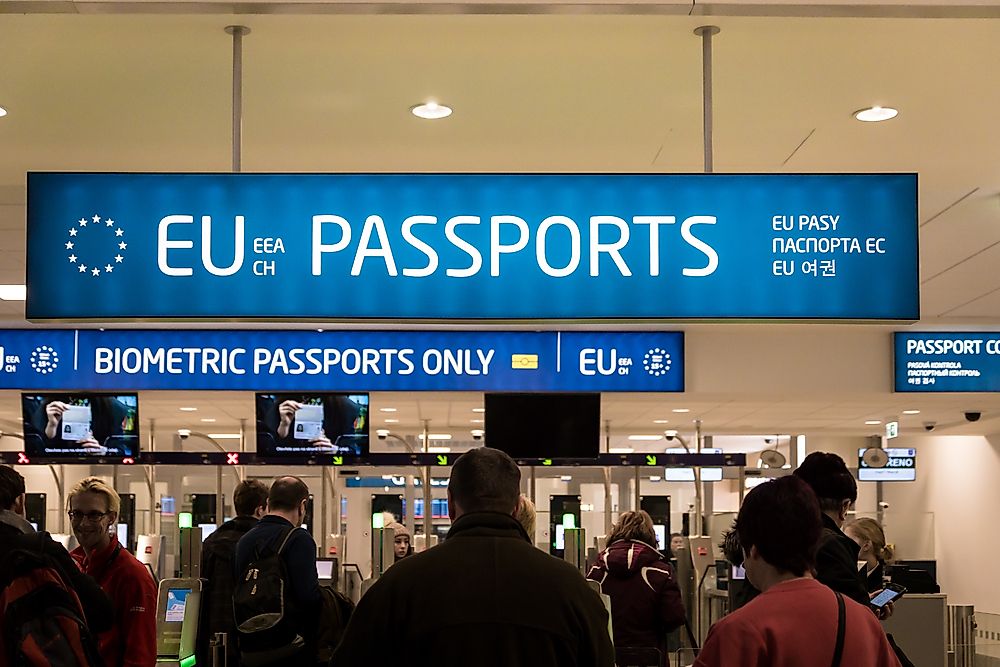Which European Countries Are Not In The Schengen Zone?

The Schengen Area in Europe spans an area of 1,664,911 square miles and stretches across 26 nations. The region was referred to as the Schengen Area because the agreement that set it up, the Schengen Agreement, was signed in the city of Schengen in Luxembourg.
Members of the Schengen area have abolished all border controls and passports in their mutual borders and act as a single jurisdiction especially regarding international travels and they have a single common visa policy. The nations within the region are unique because they have agreed to reduce travel restrictions within the area. Despite the significant benefits of being members of the Schengen Zone, several nations have declined to join the organization. The countries that are not members of the Schengen area can be classified into a couple of unique categories: members of the EU that are required to join, members of the EU that have chosen to remain outside the Schengen region, and countries that are not in the EU or the Schengen area.
Countries not in the EU or the Schengen area
Some nations in Europe are neither in the EU nor the Schengen area. Visitors can travel to some of the nations in this category with a Schengen Visa due to the unique arrangement between the countries in the Schengen area and the other countries. Some of the countries in the category that accept Schengen Visas include Turkey, Serbia, Albania, Montenegro, Bosnia and Herzegovina, Kosovo, Belarus, Bulgaria, and Georgia. Other countries in this region include Monaco, Russia, and Moldova.
EU Members Not In The Schengen Zone
Several countries are members of the EU but not members of the Schengen Zone. To reduce the travel restrictions within the EU, some of the nations in this category are required to join the Schengen Zone. These nations are actively pursuing membership into the region. The countries that are required to join the Schengen region include Romania, Cyprus, Croatia, and Bulgaria. Before any of the four nations become full members of the Schengen zone, they have to fulfill all the requirements of the member states. Some of the requirements to join the Schengen Zone include being able to control the external borders and being able to cooperate with other members of the Schengen Zone to ensure the security of the entire zone. The other members of the European Union, the UK, and Ireland chose to stay outside the Schengen Zone. One of the primary reasons why the two nations opted to stay out of the Schengen Zone is to ensure that they could control the number of people crossing their borders.
The Benefits Of The Schengen Area
The countries within the Schengen area gain some benefits from being in the Schengen area with the main one being the free movement of people across the border. Due to the loosening of the border controls between the nations in the zone, the countries can spend less money on safeguarding their borders. Another benefit of being in the Schengen Zone is that it makes it easier to transport goods within the continent.











